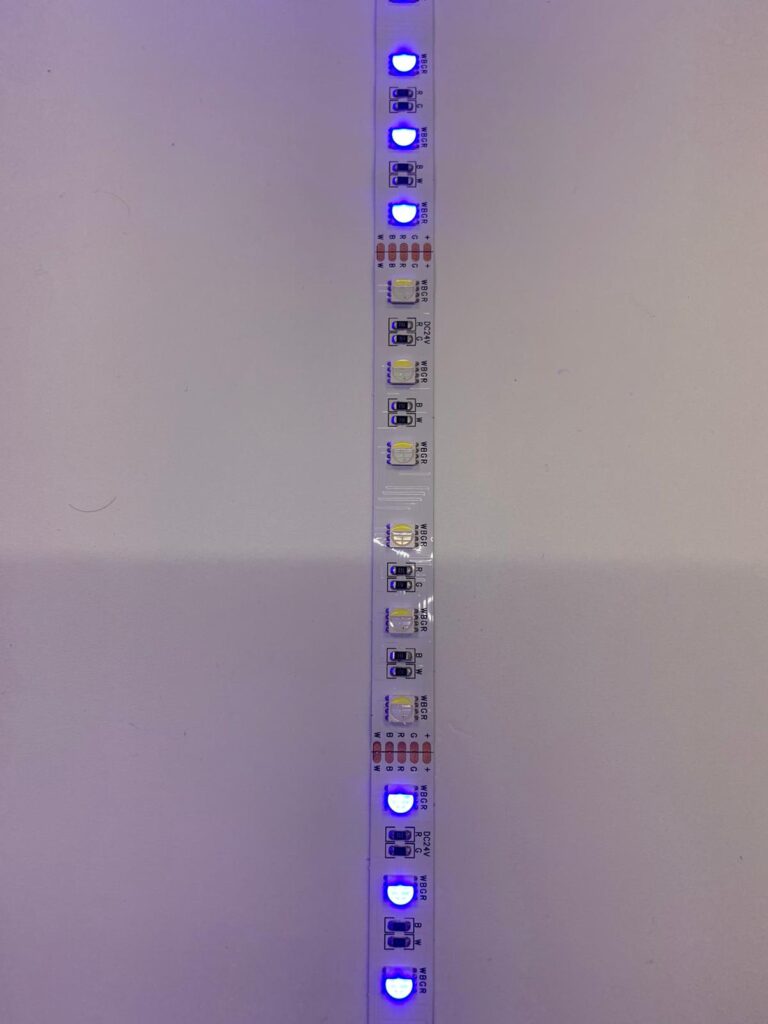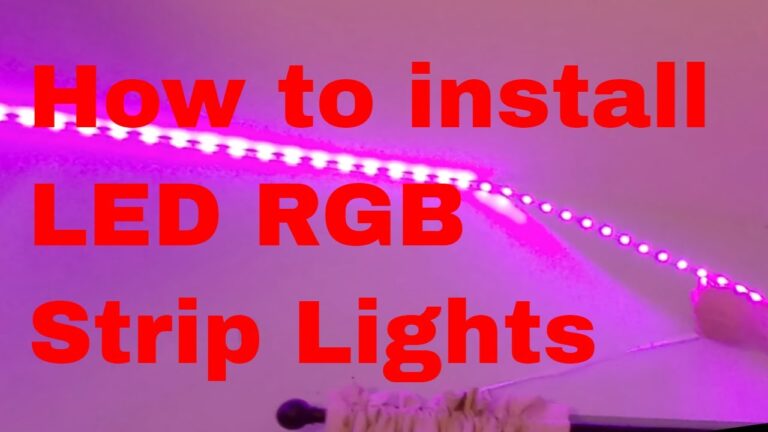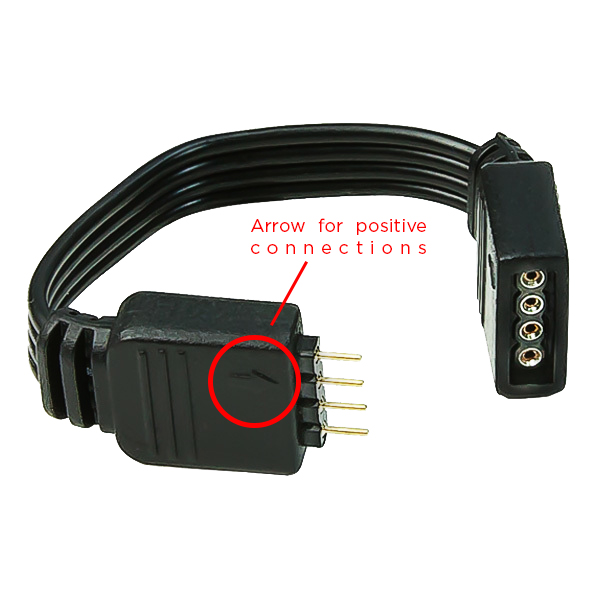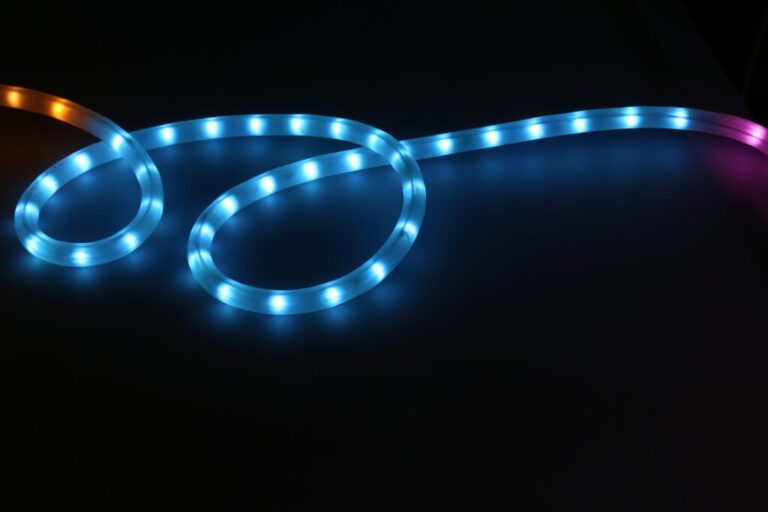What Causes Led Drivers to Fail?
There are a few different factors that can contribute to LED drivers failing. One of the most common causes is simply due to poor quality components being used in the manufacturing process. If a driver is not built with high-quality parts, it is likely to fail sooner than one that is made with better materials.
Another reason for failure can be inadequate cooling measures; if an LED driver gets too hot, it will eventually malfunction. Additionally, if a driver isn’t properly protected from things like voltage spikes or power surges, this can also lead to premature failure.
If your LED driver is failing, it’s likely due to one of these three common causes:
1. Overheating
2. Poor quality components
3. Voltage spikes or surges
Overheating is the most common cause of LED driver failure. LEDs generate a lot of heat, and if the driver isn’t properly cooled, it can overheat and fail.
Make sure your LED fixtures have adequate ventilation to keep the drivers cool.
Additionally, using low-quality components can also lead to premature failure. Cheap capacitors, for example, are more likely to fail than high-quality ones.
If you’re looking to save money on your LED lighting project, don’t skimp on the drivers!
Finally, voltage spikes or surges can also damage LED drivers. These typically occur when there’s a sudden power outage or surge from the electrical grid.
To protect your drivers (and other electronics) from voltage spikes, use a surge protector with an appropriate rating for your needs.
How Do I Know If My Led Driver is Broken?
If your LED driver is broken, it may be difficult to tell at first. However, there are a few signs that you can look for that may indicate a problem. For example, if your LEDs are flickering or dimming more than usual, this could be a sign of a problem with the driver.
Additionally, if your LEDs seem to be changing colors unexpectedly or not lighting up at all, this could also indicate an issue with the driver. If you notice any of these problems, it is best to contact a qualified technician for further diagnosis and repairs.
What Causes an Led Driver to Overheat?
An LED driver is a device that provides power to an LED light. It regulates the current and voltage going to the LED and helps to protect it from damage. However, if an LED driver is not used correctly, it can overheat and cause damage to the LED or the surrounding area.
There are several reasons why an LED driver might overheat. One possibility is that too much current is being drawn through the driver. This can happen if the wrong type of LED bulb is used with the driver, or if there is a loose connection somewhere in the circuit.
If too much current flows through the driver, it will overheat and eventually fail.
Another reason for overheating could be a build-up of dirt or dust on the heat sink of the driver. If this happens, heat cannot dissipate properly and again, the driver will overheat.
It’s important to keep your LEDs clean and free from dust build-up to prevent this problem.
Finally, another common cause of overheating is simply using a lower quality or cheaperLEDdriver. Cheaper models are often not designed properly and do not have adequate cooling mechanisms in place.
This means they are more likely to overheat when used for long periods of time or at high intensities. Always use a good quality LED driverto avoid this issue altogether!
How Long Should Led Drivers Last?
Most LED drivers have a lifespan of around 50,000 hours. However, this can vary depending on the quality of the driver and the conditions it is used in. For example, if the driver is constantly exposed to high temperatures, it will likely have a shorter lifespan.
What Happens If You Overload an Led Driver?
An LED driver is a type of power supply that is specifically designed to drive an LED or group of LEDs. An LED driver regulates the current flowing through the LED or LEDs and provides the correct amount of voltage to produce the desired light output.
If you overload an LED driver, it can cause damage to the LEDs and shorten their lifespan.
Overloading can also cause flickering and dimming of the LEDs. If you are unsure about what wattage or amperage your particular LED driver can handle, it is best to consult with the manufacturer before using it.

Credit: www.pinterest.com
Led Driver Troubleshooting
If you’re having trouble with your LED driver, there are a few things you can do to troubleshoot the issue. First, check to make sure that the power supply is properly connected and that the correct voltage is being supplied. Next, check all of the connections to make sure they are secure.
Finally, if the problem persists, you may need to replace the LED driver.
Symptoms of Bad Led Driver
If your LED light is flickering, it could be a sign of a bad LED driver. Although LED drivers can last for many years, they will eventually fail. When this happens, it’s important to know the symptoms so you can replace the driver and keep your lights working properly.
One symptom of a bad LED driver is dimming or flickering lights. If you notice that your LED lights are dimming or flickering more than usual, it’s likely that the driver is failing. Another symptom is buzzinor humming noises coming from the light fixture.
If you hear any strange noises coming from your light, it’s a good idea to check the driver to see if it’s the source of the problem.
If you suspect that your LED driver is failing, it’s important to have it replaced as soon as possible. A bad driver can cause damage to your LEDs and shorten their lifespan.
By replacing the driver quickly, you can avoid costly repairs or replacements down the road.
Led Driver Failures
If you’ve ever dealt with LED drivers, then you know that they can be temperamental. And, when they fail, it’s often hard to figure out why. In this blog post, we’ll take a look at some of the most common reasons for LED driver failures, so that you can try to avoid them in the future.
One of the most common causes of LED driver failures is overtemperature conditions. When an LED driver gets too hot, it can cause all sorts of problems, including reduced performance and even complete failure. That’s why it’s important to make sure that your LED drivers are properly cooled, whether that means using a heatsink or keeping them away from other heat-generating components.
Another common cause of LED driver failures is electrical noise. This can come from a number of sources, including power supplies and other electronic devices near your LEDs. It can also come from within theLEDs themselves.
Electrical noise can disrupt the operation of an LED driver and eventually lead to its failure. To avoid this problem, make sure to use clean power supplies and keep your LEDs away from noisy electronics.
Finally, another common cause of LED driver failures is simply bad luck.
Sometimes an otherwise well-designed and built LED driver will just fail for no apparent reason. If this happens to you, don’t despair – there are usually ways to troubleshoot and fix the problem so that you can get your LEDs back up and running again.
Led Driver Flashing Problem
If you’ve ever seen a string of LED lights that were flashing erratically, it’s likely that the issue was with the driver. The driver is responsible for supplying power to the LEDs and keeping them illuminated. If there is a problem with the driver, it can cause the LEDs to flicker or flash.
There are several things that can cause a LED driver to fail. One common issue is loose connections. If the wires or terminals that connect the driver to the LEDs are loose, it can cause problems.
Another possibility is that the drivers themselves are faulty. In some cases, they may simply need to be replaced.
If you’re troubleshooting a flickering LED problem, start by checking all of the connections.
Make sure that everything is tight and secure. If that doesn’t fix the issue, try replacing the driver. This should take care of most LED flickering problems.
Led Driver Failure Rate
In the electronics industry, the term “failure rate” is used to describe the percentage of a particular population of devices that will fail over a specified period of time. For LED drivers, the failure rate is typically expressed as a function of time (e.g., 0.1% per 1,000 hours).
There are many factors that can contribute to LED driver failure, including manufacturing defects, thermal stress, electrical stress, and moisture ingress.
In most cases, multiple factors are involved in any given failure.
LED drivers are typically designed with built-in safeguards to protect against potential causes of failure. For example, thermal protection circuits can shut down the device if it exceeds a safe operating temperature; overcurrent protection circuits can limit the amount of current flowing through the device; and reverse polarity protection circuits can prevent damage if the power supply is connected incorrectly.
Despite these safeguards, LED drivers can still fail prematurely due to unexpected conditions or misuse. When an LED driver fails, it can often be replaced with a new one without affecting other components in the system. However, depending on the cause of failure and extent of damage, there may be other system-level implications that need to be considered before deciding on a course of action.
Led Driver Keeps Blowing
If your LED driver keeps blowing, there are a few things you can do to try and fix the issue. First, check the power supply to make sure it is providing the correct voltage. If the voltage is too high or too low, it can cause the driver to fail.
Next, check all of the connections to make sure they are secure. If any of them are loose, tighten them up. Finally, if all else fails, you may need to replace the driver.
High Temp Led Driver
If you are looking for a high temperature LED driver, you have come to the right place. At Power Supplies Online, we offer a variety of high temperature LED drivers that can withstand temperatures up to 150°C. Whether you need a constant current or constant voltage LED driver, we have the perfect solution for your application.
Our high temperature LED drivers are available in both enclosed and open frame models, so you can choose the best option for your needs. We also offer a variety of different power levels to choose from, so you can find the perfect LED driver for your application.
If you need any help finding the right high temperature LED driver for your application, please contact us and we will be happy to assist you.
T1202B Led Driver
In this blog post, we’ll be discussing the T1202B LED driver in detail. This particular LED driver is designed for use with 12V DC LED lights. It is a constant current LED driver, meaning that it will maintain a consistent level of current to your LEDs, even as the voltage changes.
This makes it ideal for use in applications where the voltage may fluctuate, such as in solar power systems. The T1202B has an input voltage range of 9-18V and can drive up to 8A of current. It also features short circuit protection and over temperature protection, making it a safe and reliable option for your lighting needs.
Conclusion
There are a few reasons that can cause LED drivers to fail. The most common one is probably overheating. When the driver gets too hot, it can start to malfunction and eventually fail.
Another possible reason for failure is if the driver isn’t getting enough power. If there’s not enough power going to the driver, it can’t properly do its job and will eventually fail. Finally, if the driver is constantly being turned on and off, that can also lead to failure over time.





